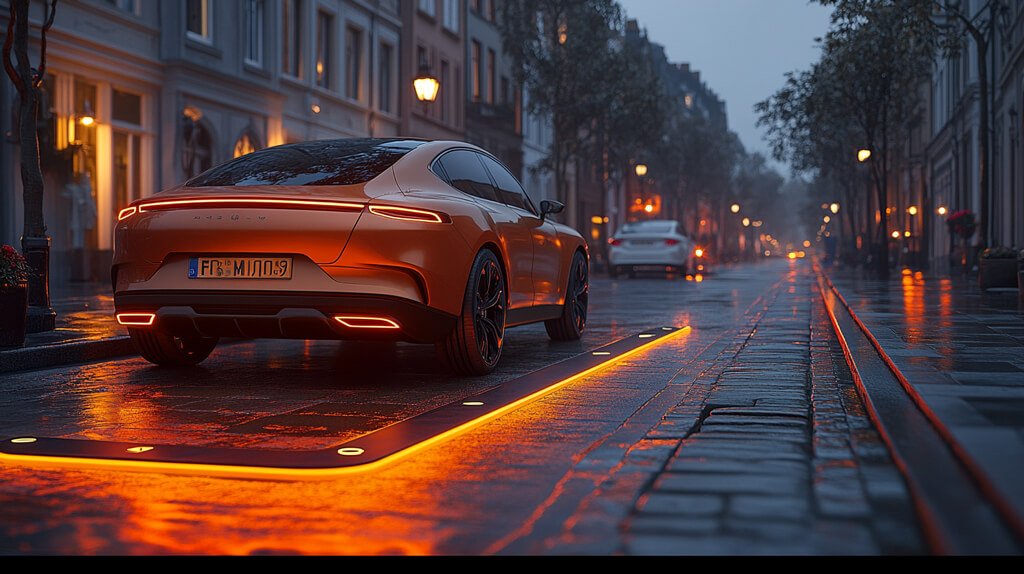As cities across the globe strive to cut carbon emissions and accommodate growing populations, electric vehicles (EVs) have become a cornerstone of sustainable urban mobility. Yet, their widespread adoption depends heavily on charging infrastructure that’s both efficient and accessible. In densely packed urban environments, where space is scarce and energy demand soars, traditional setups often fall short. This article uncovers the latest advancements in EV charger design, spotlighting how these breakthroughs are reshaping cityscapes. From sleek, space-saving solutions to eco-friendly power integration, these developments promise a future where EVs thrive seamlessly in urban life.
Space is a premium in cities, driving the need for compact and versatile charging solutions. Designers are now embedding chargers into existing urban fixtures like streetlights and parking zones. In Amsterdam, for instance, streetlamp-integrated ev charger units let drivers charge while parked, eliminating the need for standalone stations. This clever approach saves room and cuts installation costs. Across the Atlantic, San Francisco has rolled out curbside chargers that blend into the city’s layout, offering easy access without disrupting the urban flow.
Smart charging stands out as a game-changer for urban setups. These systems leverage real-time data to balance energy loads and ease grid pressure. In London, chargers with AI-driven technology adjust power delivery based on peak demand, ensuring optimal use of resources. They also sync with vehicles to charge during off-peak hours, offering cost savings for users. This blend of convenience and energy management makes smart charging a vital innovation for sustainable cities.
Pairing chargers with renewable energy sources is transforming urban sustainability. Solar-powered units are popping up in sun-rich cities like Los Angeles, cutting reliance on fossil fuels. Meanwhile, Berlin is testing wind-powered stations, tapping into local green energy potential. These eco-conscious designs align with global climate goals, paving the way for cleaner urban transport. By 2030, experts predict a third of Europe’s city chargers will run on renewables, a leap toward greener living.
Wireless technology is set to redefine urban charging by ditching cables entirely. In Oslo, EVs charge simply by parking over inductive pads embedded in streets or lots. This hassle-free method suits busy city areas where traditional setups can feel clunky. Plus, it cuts wear on equipment, saving upkeep costs. As wireless charging matures, it could become a staple in urban environments, turning every parking spot into a power hub.

Cities evolve, and so must their charging infrastructure. Modular designs allow for easy expansion as EV use rises. In Stockholm, charging hubs grow by adding units as needed, keeping pace with demand without costly overhauls. This flexibility also supports upgrades to faster technology down the line. Scalable solutions ensure cities stay ahead, building a future-ready network that’s both practical and cost-effective.
Urban mobility is going electric, and innovative charger designs are making it possible. From space-saving integrations to renewable power and wireless convenience, these advancements tackle the unique challenges of city life. They don’t just support EVs—they redefine how cities function, blending accessibility with sustainability. As these technologies advance, they’ll cement EVs as the go-to choice for urban drivers, steering cities toward a cleaner, smarter tomorrow.
linkpowercharging is a leader in EVSE with decades of experience in the industry and welcomes your inquiries!
We will send detailed technical info and quotation to you!